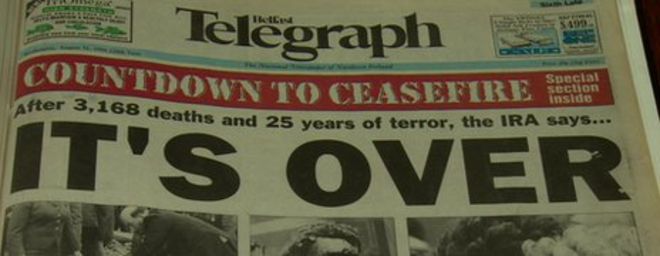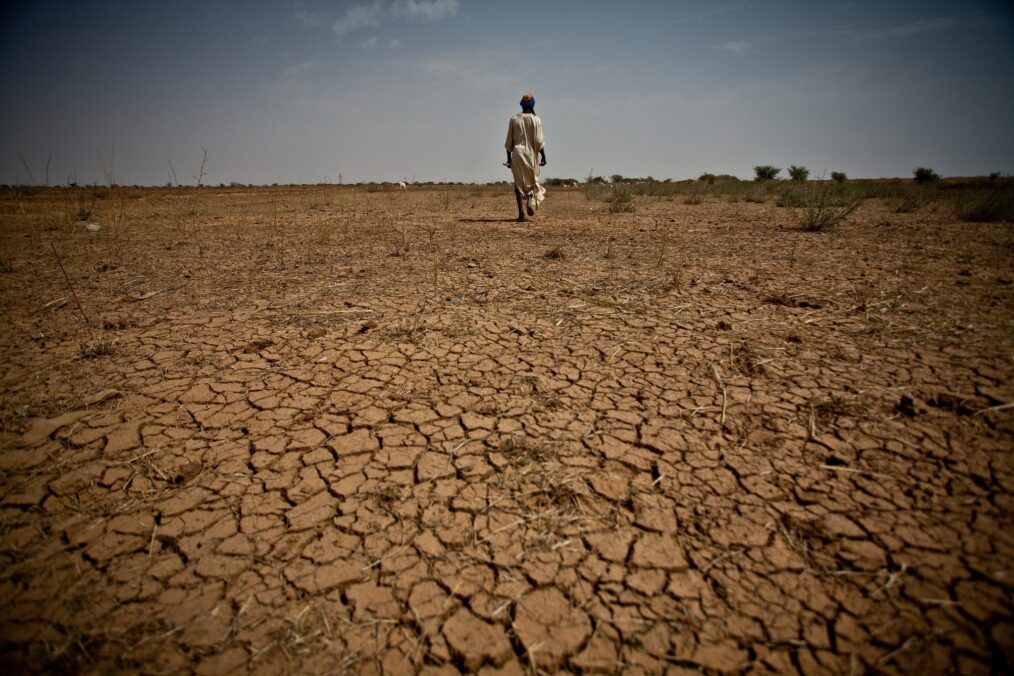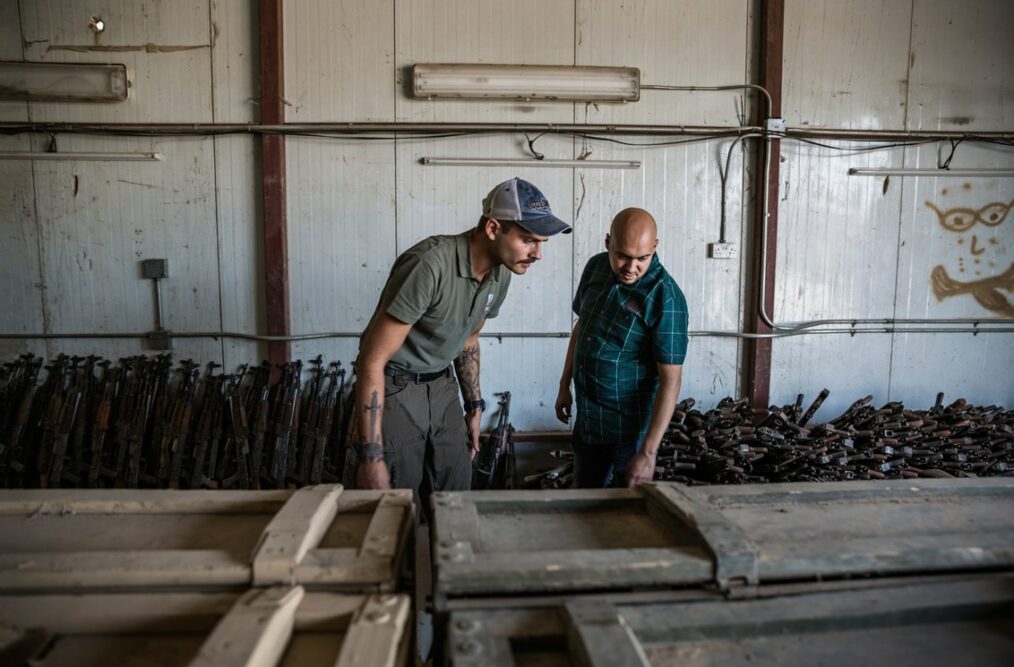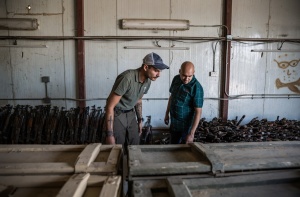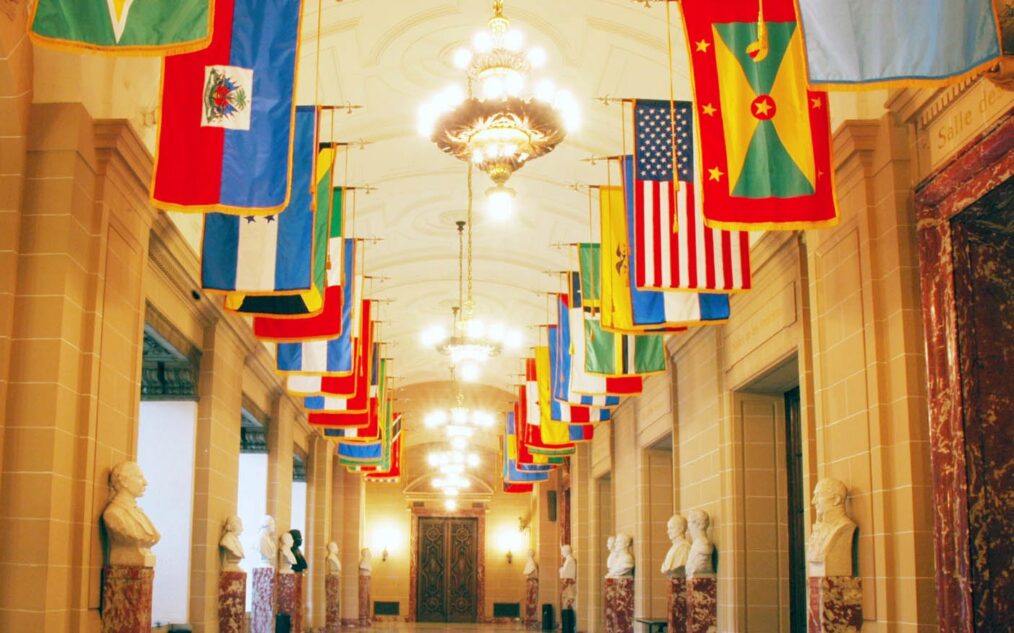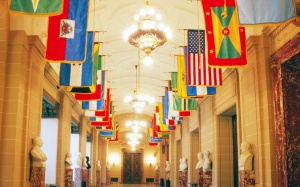
Police reform has contributed to an improvement in public safety in São Paulo.
Despite milestones like 2012’s peace agreement between the Colombian government and FARC rebels, Latin America remains a region fraught with unconventional conflict. We are not talking about guerrilla war. As institutionalized state oppression largely becomes a memory – most of the region’s military dictatorships crumbled in the wake of the Cold War – homicides have become the most common form of violence. High murder rates, driven by daily criminal activity, plague Latin American streets.
43 of the globe’s 50 most murderous cities are concentrated in Latin America.
Civil violence in Latin America is a sad reality. The region includes 43 of the globe’s 50 most murderous cities. El Salvador has the highest murder rate per capita, earning it the dubious distinction Murder Capital of the World. Furthermore, Mexico’s President Felipe Calderon and his War on Drugs have let loose state security and police forces on organized criminals. This has led to unprecedented levels of violence. For the first time in its history, Mexico will be among the world’s top 20 most murderous countries.
Despite staggering murder rates and the heavy hand of organized crime, some parts of Latin America are showing promise. Previous comments notwithstanding, the murder rate in El Salvador dropped an impressive 26% between 2016 and 2017. Yet despite being significantly below even 2015 levels, it is still high enough to stay in the global top spot. Honduras saw a 28% drop in its homicide rate during the same period. Guatemala and Belize reported similar reductions, lighting a beacon of hope that the continent can overcome the violence that plagues it.
Sao Paulo’s conspicuous reduction in criminal activity is intriguing. Usually it is the largest cities that have the most crime.
Brazil, on the one hand, reported an uptick in murder per capita. And on the other hand, Brazil and Latin America’s largest city, Sao Paulo with its 12 million inhabitants, followed the declining pattern reported in El Salvador and Honduras. There, the murder rate declined from 52.5 per 100,000 inhabitants in 1999, to 6.1 in 2017 – 5 times lower than the Brazilian national average. Nearly every type of crime has declined there during this period. Sao Paulo’s conspicuous reduction in criminal activity is intriguing. Usually it is the largest cities that have the most crime. Thus, it is important to understand how Sao Paulo achieved this drop. Hopefully other areas can replicate its strategy and its results.
So, how did they do it? Well, where Mexico reportedly increased state-supported violence and suppression, Sao Paulo improved accountability around policing (one in four murders there is perpetrated by police), limited the sale of alcohol after 11 pm, and created economic opportunities for unemployed youth. El Salvador has instituted strong criminal justice reforms.
No doubt there remains much to be done. However, these examples illustrate that political will, sound policy, and transparency can help Latin America turn its problems around. Other localities therein would do well to take note: structural, and social reforms reduce conflict better than meeting brutality with more brutality.



